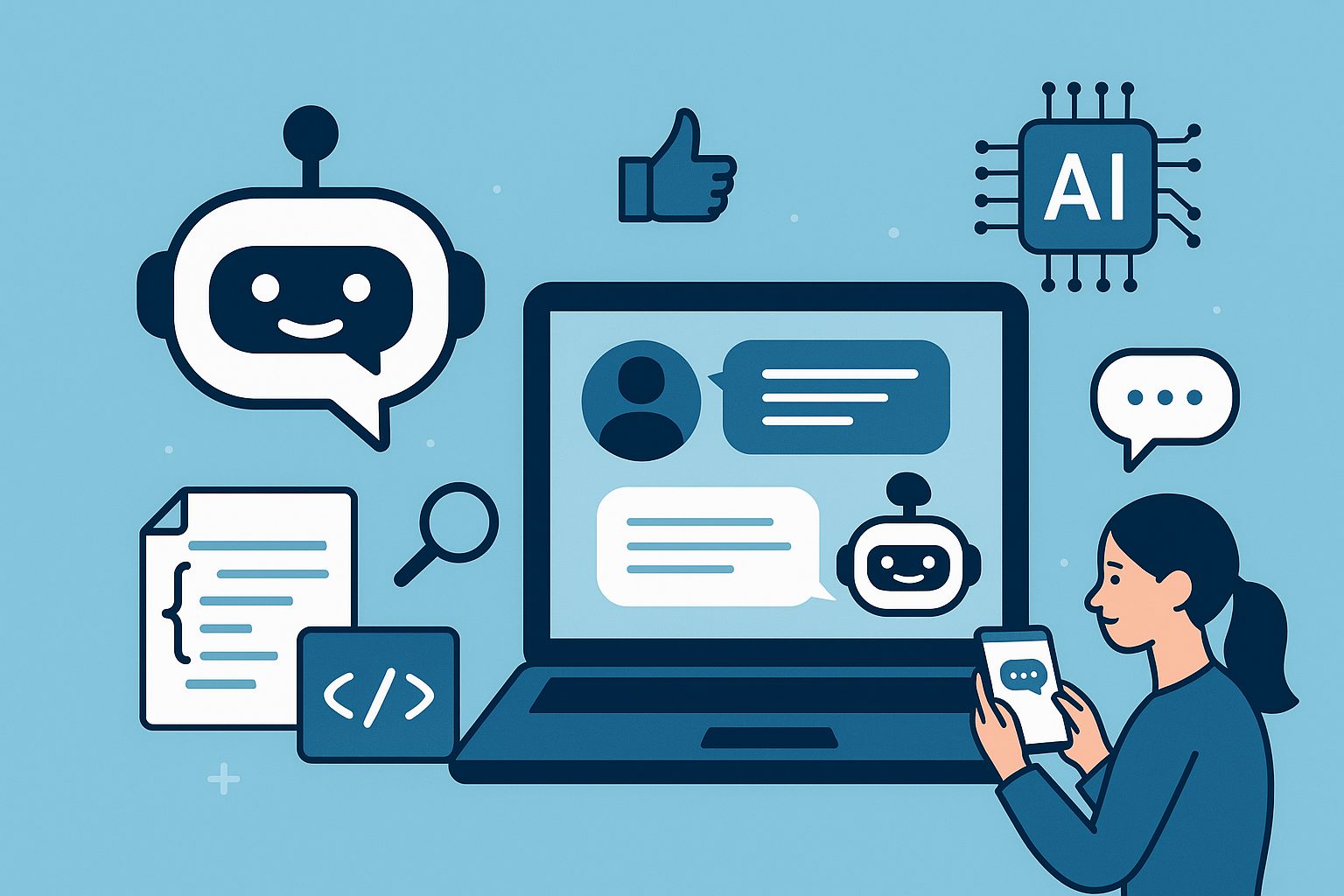AI Chatbot Development is not just a technical challenge but also a human-centered process—especially in terms of user experience (UX). In this article, NKKTech Global shares strategies to improve UX and help businesses create user-friendly, efficient, and engaging chatbot systems.
AI Chatbots and the Role of User Experience
AI chatbots are becoming essential tools in digital transformation strategies. However, success doesn’t rely solely on technology—user experience (UX) plays a critical role. A technically advanced chatbot that causes frustration can damage customer trust and negatively impact your brand.
1. Understanding Users – The Foundation of UX Optimization
Before diving into AI chatbot development, companies must define their user personas—who they are, what they need, and what pain points they face. Chatbots built on real behavior and expectations deliver better engagement and reduce dropout rates.
Example: In the logistics industry, chatbots should prioritize real-time shipment tracking and accurate delivery updates.
2. Intuitive and User-Friendly Interface
Whether text-based or graphical, the chatbot interface must be intuitive and easy to use. Consider the following:
- Use natural, conversational language
- Break down actions into clickable buttons instead of requiring manual input
- Show typing indicators to reassure users the bot is responding
At NKKTech Global, we prioritize minimalist design, cross-platform compatibility, and mobile-friendly interaction for maximum accessibility.
3. Personalization and Contextualization
Smart chatbots should leverage user history and behavior to offer contextual responses, such as:
- Using the user’s name naturally in conversations
- Offering suggestions based on previous interactions
- Identifying user status (first-time visitor, active customer, returning client, etc.)
This is a key differentiator between rule-based bots and modern AI-powered chatbots.
4. Quick and Accurate Responses
Speed is vital. Chatbots must respond fast without sacrificing accuracy. We recommend using advanced models like BERT, GPT-4, or RAG (Retrieval-Augmented Generation) to ensure high-quality responses.
Additionally, bots should acknowledge when they can’t understand a question, instead of providing misleading answers.
5. Quality Data and Knowledge Sources
The performance of AI chatbots heavily depends on the quality of their training data. Poor or outdated content leads to poor user experience. Businesses should invest in:
- Comprehensive FAQ databases
- Standardized product documentation
- Domain-specific knowledge bases
NKKTech Global assists enterprises in building robust knowledge foundations tailored to their industry needs.
6. Metrics, Analytics, and Continuous Improvement
AI chatbot implementation should include monitoring systems such as:
- Response accuracy rate
- Average response time
- Customer satisfaction score (CSAT)
Collect and analyze this data to identify bottlenecks, improve performance, and refine the user experience over time.
Conclusion
User experience is a key success factor in AI chatbot implementation. Based on our experience delivering AI chatbot solutions in Vietnam and Japan, NKKTech Global affirms that technology alone is not enough—it must be combined with seamless, human-centered interaction design.
By leveraging modern AI technology, clean data, and continuous optimization, businesses can create chatbots that exceed user expectations and deliver real value.
Contact NKKTech Global today to find the best AI chatbot development strategy for your industry.




